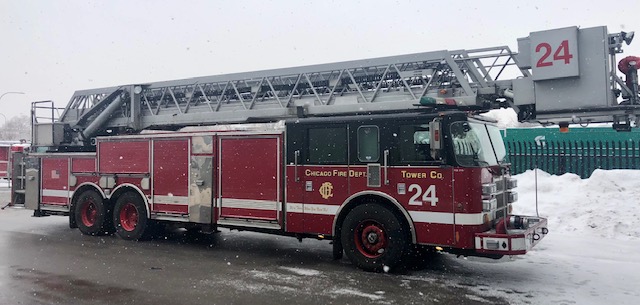Excerpts from the Dailyherald.com:
Elgin Fire Chief Robb Cagann addressed some misperceptions by the public Wednesday by definitively saying Station 6 will not close, no matter what service cuts — if any — are put in place. The proposed changes at the station would involve reducing expenses by about $430,000 by replacing an engine at Station 6 with an ambulance once staffing reaches overtime levels, which would be about 77% of the time. The cost savings comes from sending out a two-person crew with an ambulance, as opposed to three on an engine.
With pandemic-related budget shortfalls projected, the proposal comes after city officials had asked the firefighters union to defer their contractual 2.5% salary increase for one year and extend their contract through 2022. City administrators said nonunion Elgin employees and managers have foregone raises, helping to keep the budget out of the red. Collective bargaining units like the firefighters were exempt from other furloughs, pay cuts, and layoffs city workers have endured. So far the union has refused to defer the increase. Negotiations continued Wednesday between the two parties, but no agreement was reached.
A public relations battle has been taking place on social media between the city and the Elgin Association of Firefighters, IAFF Local 439 since Tuesday, with each side accusing the other of spreading misinformation.
Cagann said the vast majority of District 6 can still be covered within the recommended four-minute response time by engines from other stations on the 280 or so days this year that they expect Engine 6 to be out of service. The difference in service would come from when the last vehicle were to arrive on a fire scene, which could be delayed by about 2½ minutes under the proposal.
Some council members expressed concerns despite his explanation as the neighborhoods surrounding Station 6 are a lot of low-income households or properties that may not be as expensive as others.



















































